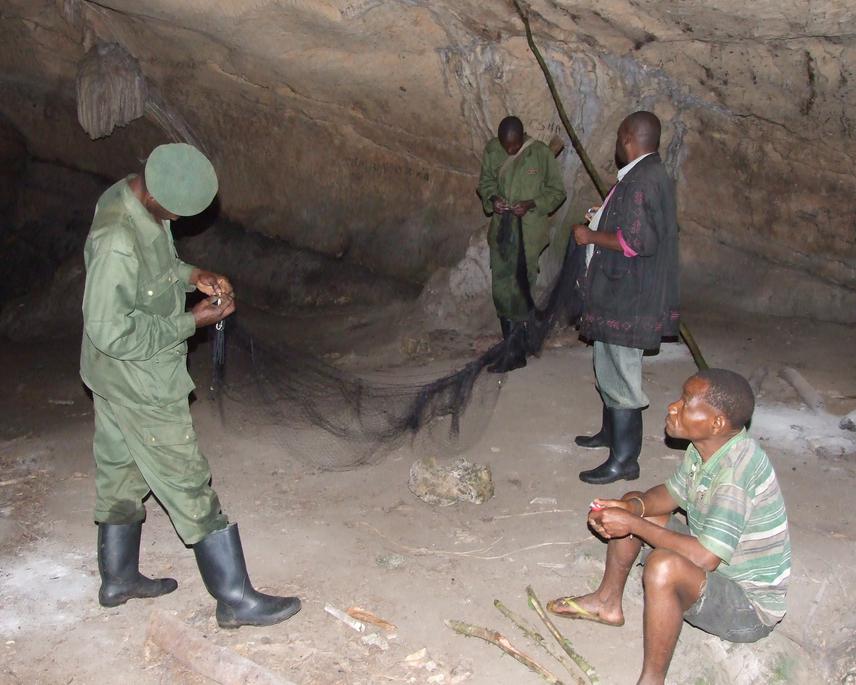Prince Kaleme
Other projects
14 Aug 2002
Habitat Preference and Distribution of Small Mammals in and Around Kahuzi Biega National Park (KBNP), Eastern DRC
15 Jul 2013
Bat Conservation in the Mount Hoyo Forest Reserve, Eastern Democratic Republic of Congo
4 Nov 2016
Using Bats for the Conservation of Mount Hoyo Forest Reserve, Eastern Democratic Republic of Congo
27 Jun 2019
Protection of Caves, Forests and Roost Sites of Bat in the North Eastern Democratic Republic of Congo
The aim of the project is to census bats on Mount Hoyo and sensitize local stakeholders in order to provide a more complete bat checklist of the Reserve, conduct a monitoring of bats in roosts and inform if the populations of the potential threat they face by eating and manipulating bats as well as the problem linked to ecosystem services provided by bats.

Mount Hoyo a unique site in the region where bats roost and a place where migratory species range for some parts of the year. In the surrounding, bats are hunted as food. We recorded some species and he list needs to be completed. A database of species of the reserve is being built and continue the inventory of bats in the site. Other species recorded in the site will be reported as well as monitor them in collaboration ICCN (the Congolese Institute for Nature Conservancy). The fact that little is known of the diversity of bats and bats being the most hunted vertebrates has motivated us to rectify this situation and work to change the local people's perceptions on bats.
In assessing the bat diversity and raising awareness to local populations, the bat roosts in the reserve will be surveyed and monitored by rangers and some of the threats will be minimized. The information collected during this phase will be added to the previous ones to constitute the baseline data for conservation in situ of the site. Community awareness and sensitization will be carried out where teams will discuss with local communities and local chiefs (main stakeholders) to agree on possible co-management schemes that could benefit both wildlife managers and communities.